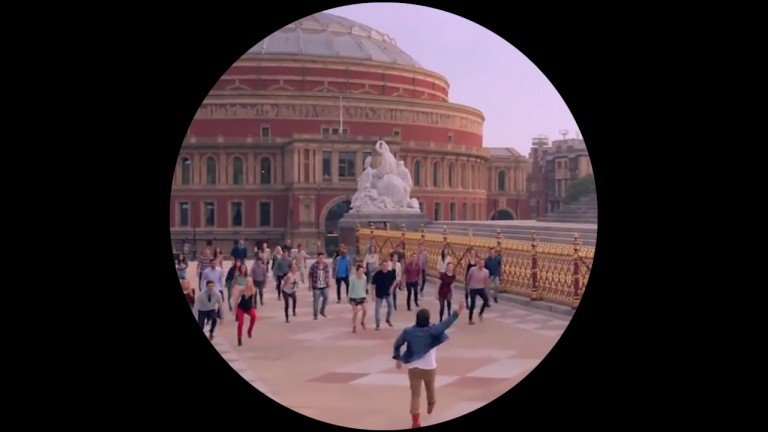
Exhibition in MIMA - This is Water
16 June 2018 – 07 October 2018, Middlesbrough Institute of Modern Art (MIMA). This exhibition looks at the long histories of migration that have forged the current shape of the UK. It is about the rich languages, cultures and identities that are formed by many ethnicities and nationalities coming together. It highlights the dominance that some groups of people hold over others and the damage that racism continues to have.
This is Water
16 June 2018 – 07 October 2018
Middlesbrough Institute of Modern Art (MIMA)
This exhibition looks at the long histories of migration that have forged the current shape of the UK. It is about the rich languages, cultures and identities that are formed by many ethnicities and nationalities coming together. It highlights the dominance that some groups of people hold over others and the damage that racism continues to have.
As the UK breaks from the European Union, and pursues austerity and anti-immigration agendas, discussions around xenophobia, social cohesion and the state of multi-culturalism are increasingly relevant. At the same time, vital voices are sharing the experiences of people of colour in the UK through music, journalism, fictional writing and art. Histories of black Britons as far back as Roman times are gaining attention.
Middlesbrough is a town founded on the rapid immigration of workers in the nineteenth century. In order to support understanding and solidarity, this project finds commonalities and shared experiences between those who are now considered white but who were once excluded on terms of ethnicity and race (e.g. Irish, Italian) and those who continue to be marginalized (e.g. Eritrean, Pakistani).
The display includes art, personal memorabilia, and archival documents and films. Materials from Teesside Archives and North East Film Archives share some of the area’s nuanced histories. Quotations, poems, articles and videos bring broader perspectives on experiences of people of colour in the UK, and how current policies are impacting people’s lives.
During the exhibition, we create a repository of the stories and voices from the Tees Valley and we ask our publics to join conversations about the complex identities that form our region. This gathering of untold stories creates a platform for overlooked voices.
The show includes eight artists: Nika Autor, Lucy Bridger, Ladan Hussein (Cold Specks) and Seth Pimlott, Jasleen Kaur, Andreja Kulunčić, Alenka Pirman, Erika Tan, Katarina Zdjelar. Their works raise topics as varied as: how we imagine foreign peoples and places, the rights and experiences of migrant workers in the EU, and the continuing impact of the British Empire.
____
image: Courtesy of the artist, Jasleen Kaur, YOOROP, 2017, commissioned by Goethe Institute and Victoria & Albert Museum